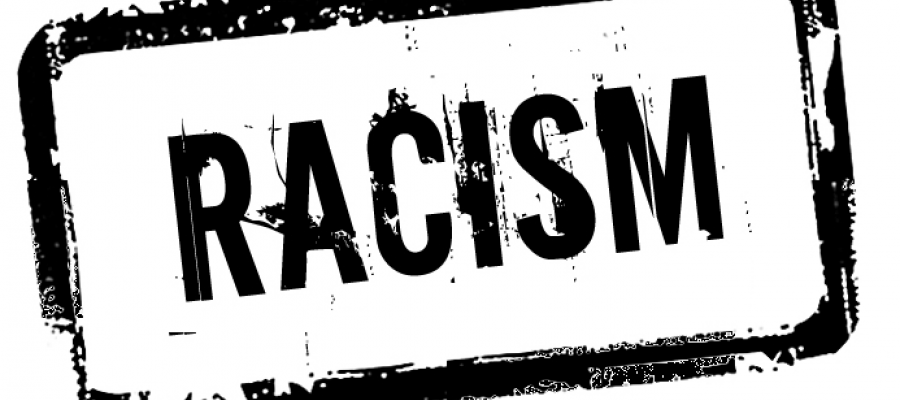
Advertisement
A beginner prepper starts by mastering basic preps, like setting up an emergency food supply. To become an intermediate prepper, you need to learn three crucial survival skills and have certain prepping items. (h/t to TheSimplePrepper.com)
Prepping means being knowledgeable about various survival skills and preps. Once you’ve familiarized yourself with preps for beginners, you can move on to preps for intermediate preppers.
As an intermediate prepper, you are moving on from basic preps to more advanced skills and supplies.
While a beginner prepper is ready for a short-term emergency, like a temporary power outage, an intermediate level prepper who has covered the basics should also be ready before SHTF by learning about these supplies:
- Everyday carry kit (EDC)
- Bug-out bag (BOB)
- Long-term food storage
- Emergency binders
- Emergency cash
Before SHTF, an intermediate prepper should set up these preps to ensure that they can weather a long-term disaster. Make sure you have enough supplies for a one-month SHTF event.
Supplies for an intermediate prepper
Before you attempt to become an intermediate level prepper, save up enough money to acquire the tools and supplies you may need.
The items below will help you survive a month-long SHTF event.
Everyday carry kit
An everyday carry kit (EDC kit) contains gear that you always bring with you whenever you leave your house. The items in your EDC kit ensures that you can handle minor emergencies.
Your EDC kit should contain the following items:
- Cell phone
- Battery pack/USB power bank
- An RFID wallet
- A multi-tool
- A knife
- A tactical flashlight
- A tactical pen
Bug-out bag
A bug-out bag (BOB) refers to a large backpack or duffle bag with the supplies that you need to quickly evacuate your home when SHTF. With a fully-equipped BOB, you can seek shelter elsewhere without having to worry about having enough supplies for several days.
When prepping your BOB, include supplies that you will need to survive for about 72 hours after you evacuate your home.
A basic BOB contains food, firestarters, shelter and spare clothing.
Long-term food storage
When prepping for a long-term emergency, you need a month’s worth of food supplies with a long shelf life.
If you’re prepping for a large family, consider buying prepackaged 30-day rations. Most products can last up to 25 years. (Related: Prepare for a long-term coronavirus quarantine by learning these essential survival skills.)
Cooking supplies
Once you have your food supplies, make sure you have the tools you need to prep your food when SHTF. Get a camping stove and store enough fuel so you can boil water and cook food even after disaster strikes.
Water storage and purification
If the water supply lines get disrupted, you need several backup methods to harvest clean water.
Store water in your homestead if you have enough storage space. If you don’t have enough space to store water, you can learn how to find and purify water near your homestead.
Common water purification methods include:
- Boiling
- UV light
- Water filters
- Water treatment chemicals (e.g., chlorine dioxide, etc.)
Emergency binder
Your emergency binder contains copies of important documents, such as:
- A passport
- IDs
- Health insurance information
- Bank account info
- Social security cards
- Marriage certificate
Emergency cash
When SHTF, you need a way to pay for supplies. If you’re unable to use your credit cards, debit cards or electronic forms of payment, you will need emergency money.
Survival skills for intermediate preppers
Learning these prepping skills will help you adapt to various survival scenarios.
Firestarting
Even if you have modern firestarters in your bug-out bag or EDC kit, you need to learn how to start a fire using basic techniques and without any gadgets. This ensures that even if you lose your gear, you can stay warm and cook your food.
Shelter building
If you need to bug out, you can stay warm and protect yourself from the elements by building a shelter. Make sure your BOB includes supplies like a tarp or tent that can be used to build a makeshift shelter.
Basic first aid skills
After you prep your first aid kit, learn how to use each item. When SHTF, basic first aid skills will prove indispensable for minor and major medical emergencies.
Intermediate preppers should at least learn basic first aid and CPR.
Before SHTF, learn crucial survival skills and get emergency gear and supplies that you will need to handle a disaster.
Sources include:
Advertisement
Advertisements
















